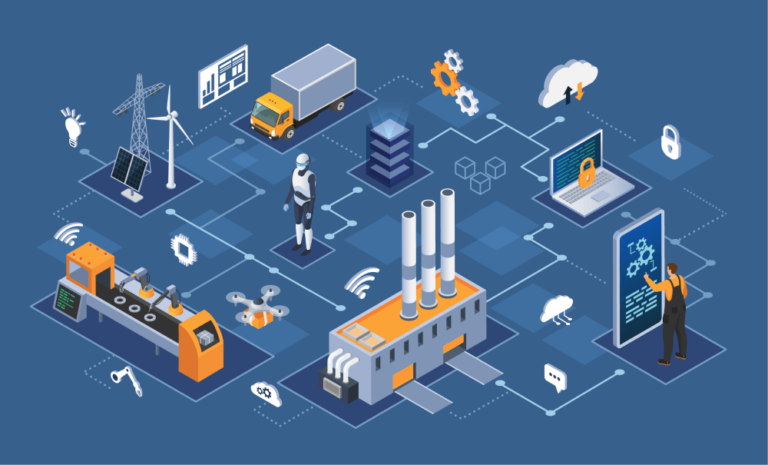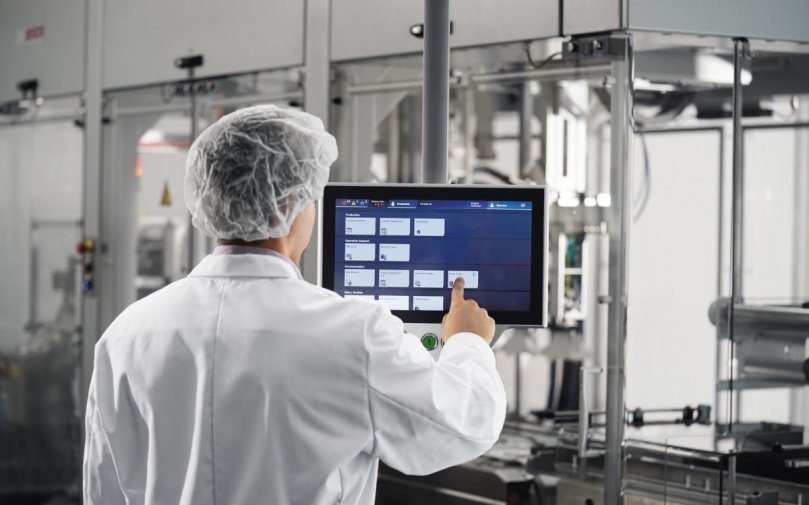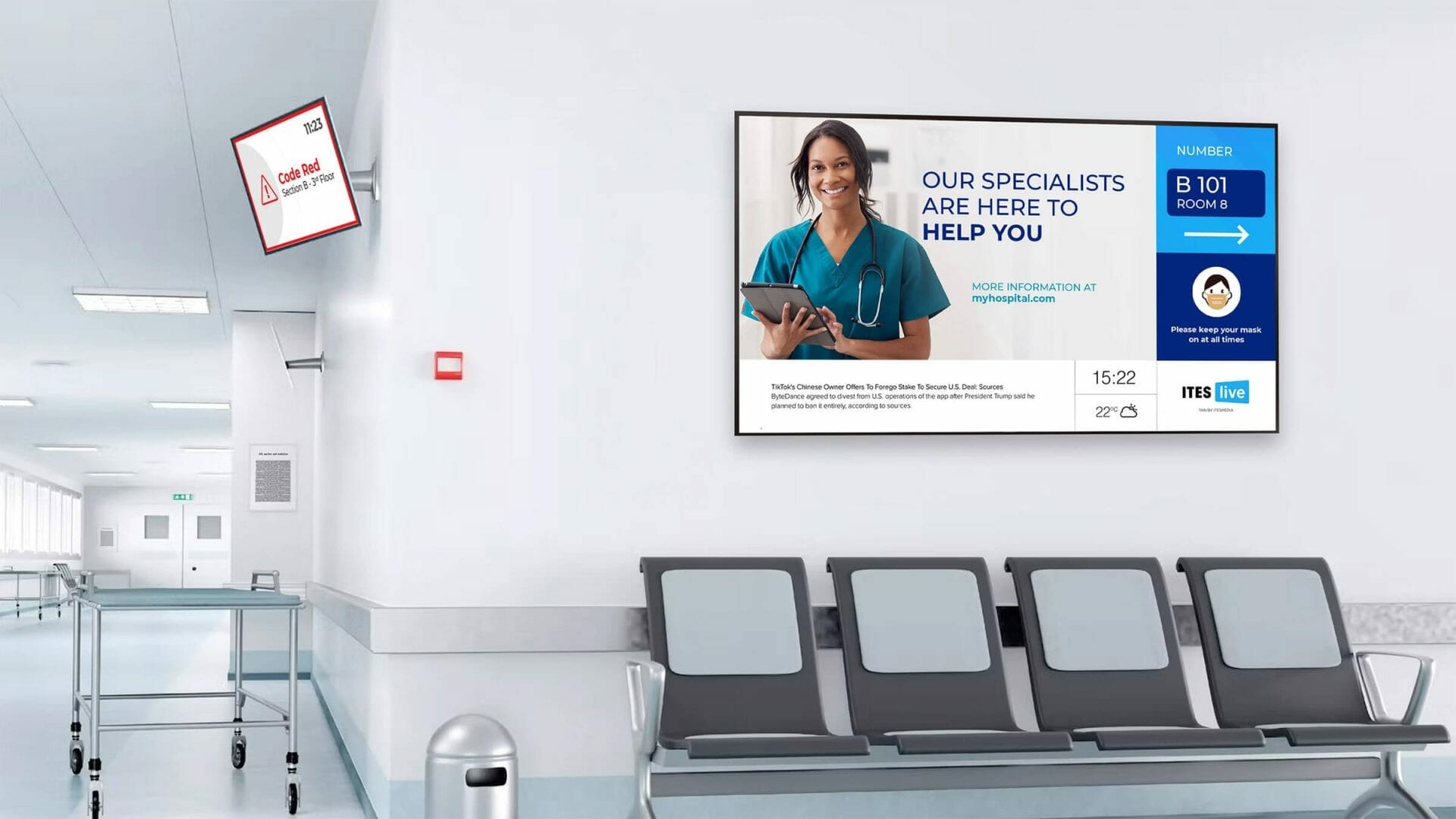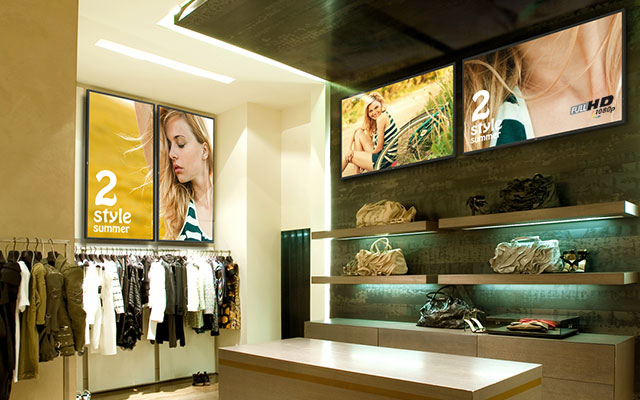
IoT technologies in smart spaces
As our world becomes increasingly interconnected, smart spaces—such as homes, offices, and even commercial buildings—are evolving with the help of IoT technologies. In these spaces, devices can communicate and interact with one another to make life more convenient and efficient. For instance, we can remotely control lighting, adjust heating, open or close blinds, and even check the contents of our refrigerators. One common feature across many of these connected devices is their use of screens, which are now found in almost every room—living rooms, kitchens, bedrooms, and bathrooms.
In smart spaces, displays play a crucial role in data visualization and user interaction. Beyond the traditional LCD-TFT displays, technologies like LCM, OLED, and even EPD (electronic paper displays) are often used to present information clearly and efficiently.
Devices within these smart environments are typically controlled via central control panels, most of which incorporate LCD-TFT screens. These screens often feature touch functionality, which requires the integration of touch sensors and protective glass. For most standard applications, a display brightness of around 250 cd/m² ensures optimal visibility for the user.
While smart homes are the most common example of smart spaces, we are increasingly seeing IoT solutions being applied in offices and commercial environments as well, improving everything from energy efficiency to the overall user experience.
Enhanced Convenience
IoT devices in smart spaces, such as homes and offices, allow for seamless remote control of various systems—lighting, heating, blinds, and more—directly from a smartphone or central control panel.
Efficient Data Visualization
The integration of advanced display technologies, including LCD-TFT, OLED, LCM, and EPD, enables clear and intuitive data presentation, ensuring that users can easily monitor and control connected devices.
Improved User Interaction
Touchscreen interfaces on smart devices provide an intuitive and user-friendly way to interact with the system, enhancing the overall experience while reducing the need for multiple controls or complex setups.
Energy Efficiency
By automating and optimizing the functions of devices in smart spaces, IoT solutions contribute to better energy management, reducing waste and lowering energy consumption in homes, offices, and commercial environments.

Displays in wearable devices
Wearable devices extend beyond consumer electronics like smartwatches to include essential solutions in fields like telemedicine. Continuous health monitoring, such as tracking blood glucose levels or oxygen saturation, has led to the development of devices like glucometers and pulse oximeters. These devices can alert medical personnel when irregularities in vital signs are detected.
For data visualization in wearable devices, monochrome OLED displays are often the preferred choice. Their high contrast and wide viewing angles ensure exceptional readability, even in challenging lighting conditions. Unlike traditional displays, OLEDs don’t require additional backlighting since each pixel is its own light source. This makes OLED technology highly energy-efficient—ideal for battery-powered medical and consumer wearables.

IoT technologies in office spaces
In modern office environments, IoT (Internet of Things) technologies are revolutionizing the way we work and interact with our surroundings. These smart systems allow for seamless communication between devices, enhancing both productivity and comfort. From smart lighting and heating controls to automated blinds and intelligent air quality monitoring, IoT is making offices more efficient and adaptive to the needs of employees.
Displays play a crucial role in IoT-enabled office spaces. LCD-TFT displays, for example, are widely used in smart thermostats, meeting room management systems, and interactive digital signage, offering clear and interactive interfaces for controlling various office systems. Additionally, OLED displays are becoming popular for applications where high contrast, vibrant color, and energy efficiency are needed.
By integrating IoT technologies with advanced display solutions, offices are not only becoming smarter but also more connected, creating dynamic environments that can optimize energy usage, enhance comfort, and improve overall workplace efficiency.
Conference Room Control Panels
Smart conference room control panels use TFT LCD displays to show real-time meeting schedules, equipment statuses, environmental controls (like temperature and lighting), and remote participants’ information. These panels are often touch-screen enabled, allowing integrated control of meeting room devices.
Information Display Boards
Used to display office announcements, schedules, or other important notifications, digital information boards often integrate TFT LCD screens to provide clear, real-time information.
Office Desktop Displays
On smart office desks, TFT LCD screens can be used to display relevant data like schedules, to-do lists, email notifications, and more. These displays are connected to other smart office devices and provide personalized work-related information.
Access Control Systems
In office access control systems, TFT LCD screens display visitor information, fingerprint recognition results, and identity verification processes. Integrated with IoT technology, these systems help manage access and security in office buildings.







